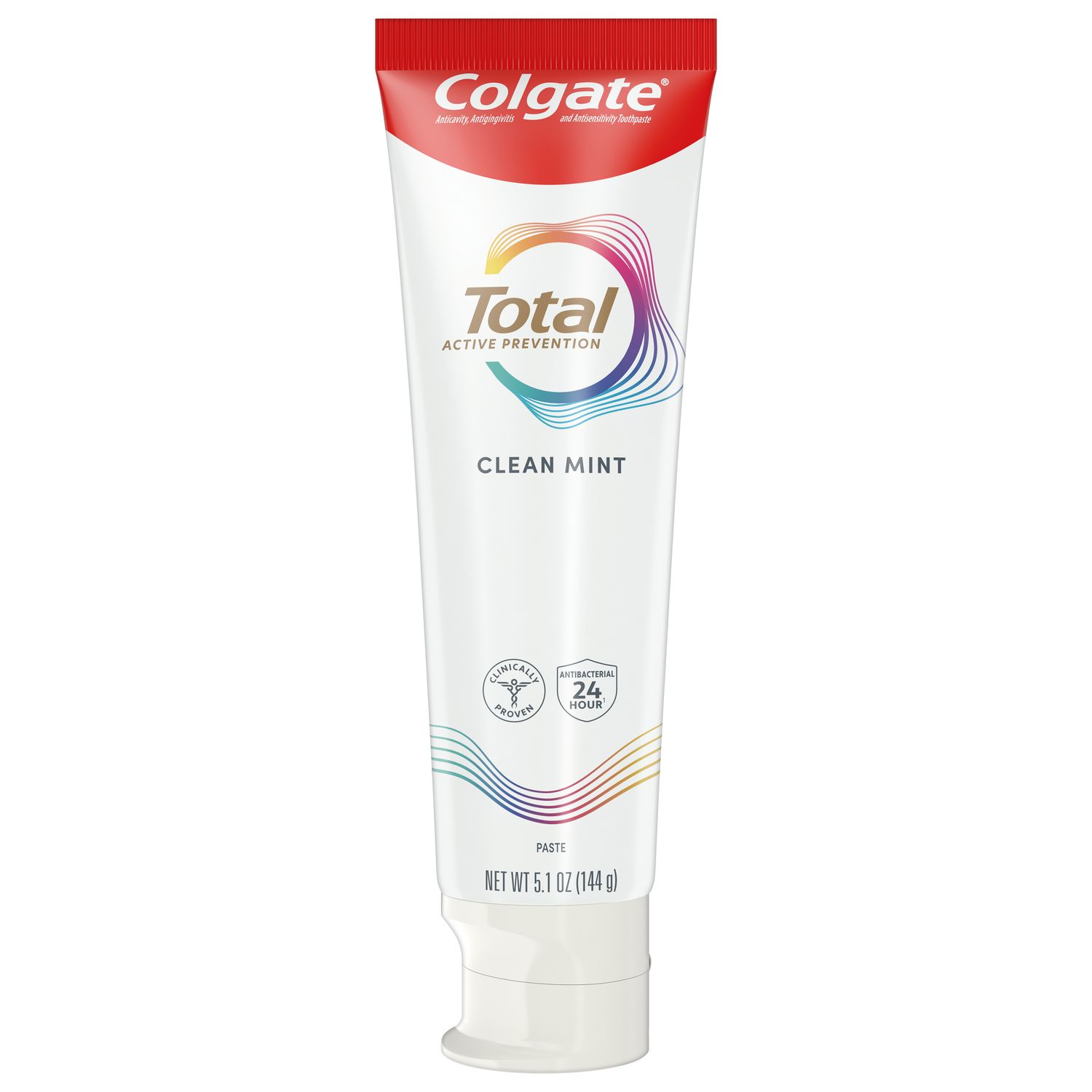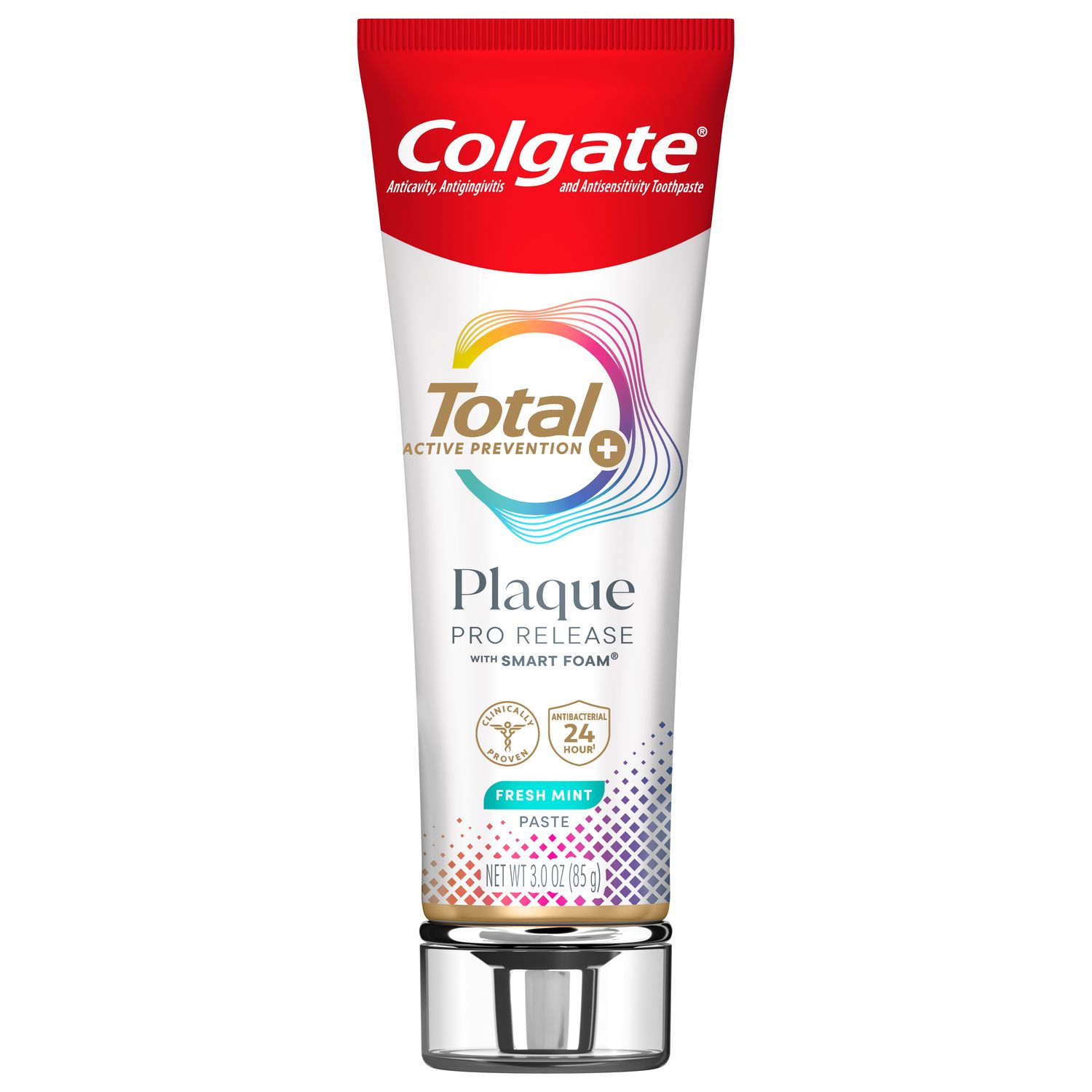
You may already be stretching and exercising to help prevent work-related injuries, but are you aware of the types of arthritis? Educating yourself about the signs and symptoms to watch out for, and the choices you can make to help reduce your risk and to manage arthritis if you have it, may help make your career as long and healthy as possible.
Osteoarthritis is the most common type of arthritis worldwide, according to the Mayo Clinic. While the condition cannot be reversed, it can be managed. Knowing the signs and symptoms is the first step. Symptoms such as pain, stiffness, loss of flexibility and a grating sensation in joints may develop slowly but may worsen if not properly addressed.
It is important to see a physician when pain doesn't go away. Dental hygienists often remind their patients to make an appointment at the first sign of a problem, and dental hygienists should remember to do the same! Recurrent pain should be addressed with your general medical practitioner, who can recommend the best course of care and refer you to an orthopedist or other specialist if necessary. Medication, stretching and exercises, physical therapy and surgery may help alleviate pain and possibly other symptoms.
Rheumatoid Arthritis
Rheumatoid arthritis (RA) is an autoimmune disorder that may affect other parts of your body in addition to your joints, according to the Mayo Clinic. While joint pain occurs with both RA and osteoarthritis, RA includes symptoms that are not related to joint pain and don't occur with osteoarthritis. Fatigue, weight loss, a persistent fever and warm, swollen joints are all associated with this chronic inflammatory condition. In addition, psoriatic arthritis exists. It is rare, also an auto-immune disorder, and presents similarly to RA.
Unlike osteoarthritis, RA is not linked to repetitive motions or wear over time. Women between the ages of 40 and 60 with a family history of RA are at greater risk for RA. Other risk factors include smoking and exposure to environmental contaminants, such as asbestos, as well as obesity. It is vital to seek advice and treatment for RA from your physician, who may also refer you to a rheumatologist.
Is Prevention Possible?
The wear and tear on your joints associated with working in a physically demanding profession may place you at risk for osteoarthritis. The Arthritis Foundation shares a few ways you can reduce your risk of developing osteoarthritis:
- Maintain a healthy weight. Excess weight increases the pressure on your joints and wears down cartilage over time.
- Control your blood sugar. A literature review published by the journal RMD Open found a link between diabetes and an increased risk of osteoarthritis.
- Exercise regularly to strengthen the muscles around your hips, knees and other vulnerable joints.
- Wear protective gear while playing contact sports to prevent traumatic injuries that may lead to osteoarthritis later in life.
Besides maintaining a healthy lifestyle, early diagnosis is key. Catching arthritis early on will help you to develop strategies to relieve pain and to slow the progression of the disease.
Career Shift Opportunities
Not being able to use scalers and mirrors all day can be a scary thought. The good news is that the opportunities available to dental hygienists are continuing to grow. Mentoring other dental hygienists, speaking at conferences and teaching dental hygiene courses are just a few ways you can take your profession in a new direction.
Takeaways
- Seek professional medical care for your chronic pain.
- Talk with your physician about the types of arthritis if you believe you are at risk.
- Stay positive! Hand conditions don't have to be career-ending. They can shape your career into something else.
Why It's Important
Taking care of yourself is essential to caring for your patients. Listen to your body, and be ready to take time to recover or move your career in a new direction, if necessary.
Join us
Get resources, products and helpful information to give your patients a healthier future.
Join us
Get resources, products and helpful information to give your patients a healthier future.












